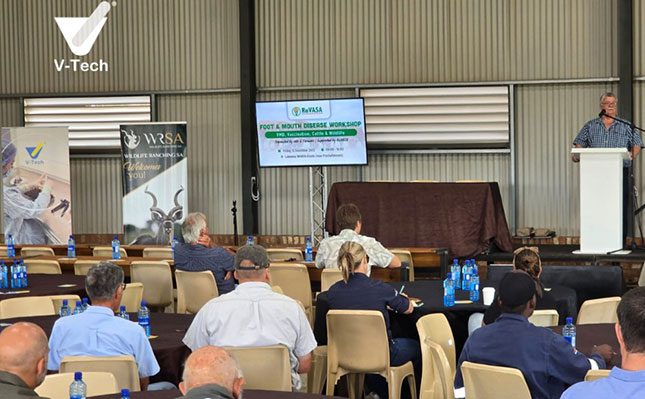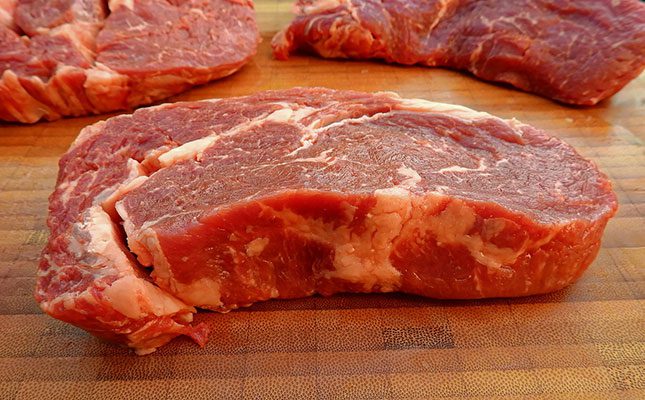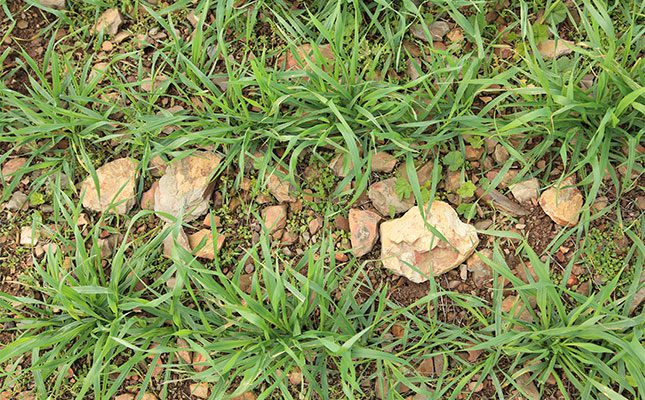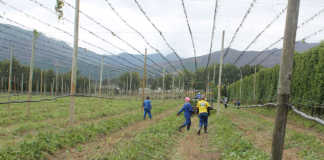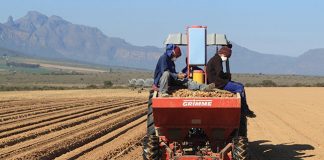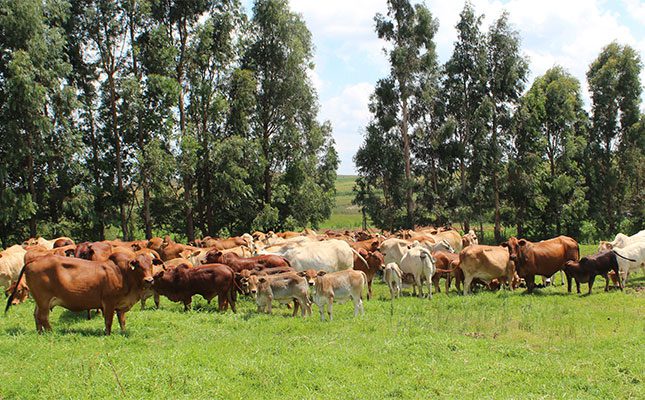
Photo: Lindi Botha
This was according to the Bureau for Food and Agricultural Policy’s (BFAP) Baseline 2025, which presented an outlook of agricultural production, consumption, prices, and trade from 2024 to 2034. The report noted that challenges facing the livestock industry over the past decade were expected to improve by varying degrees over the outlook period.
Per capita consumption was expected to rise for all types of meat except for sheep. Further to income and affordability dynamics, expansion of the population and persistent urbanisation would also contribute to meat consumption growth.
At the resent presentation of the baseline in Pretoria, Gauteng, Tracy Davids, a director at BFAP, said meat prices across the globe were picking up as demand increased.
“But affordability is still king. Among the various meat products, poultry is most widely consumed, and with growth of 18%, it is also set to account for more than half of the additional meat consumed by 2034, relative to current levels. Pork consumption growth is marginally faster at 19%, but from a smaller base. Beef consumption is projected to expand by 12%, while sheep meat consumption is set to decline by 0,4%,” she said.
However, South Africa would struggle to realise any benefits from increased demand if disease outbreaks persisted.
Davids explained that disease outbreaks were constraining export growth: “Exports are core to the sustainability of the red meat sector. In an environment of high input costs and weak consumer spending power, exports are critical to ensure sustainable returns.
“Despite having transitioned successfully from a deficit to a surplus producer over the past decade and promoting an export-led growth strategy, the bulk of production is still targeted at domestic markets, with producers hesitant to ramp up export dependence amid persistent and intensifying animal disease challenges.
“Consequently, production expanded by a mere 0,3% per annum over the past decade, and we are exporting 30% below our potential.”
Given the scale of the current disease crisis, Davids said exports may remain constrained through the latter half of 2025 and into 2026. She added that this would lead to price pressure in 2026 as supply normalised but exports remained slow.
“From 2027 onwards, the situation could improve, but then international prices are expected to stabilise amid increasing supply as global herds are being rebuilt. Therefore, the rate of export growth only accelerates markedly in the latter half of the outlook, but by 2034 exports could approach 80 000t, or 9% of production,” Davids said.
While this fell short of the targets set in the red meat industry strategy, it was higher than the 5% achieved in 2024 before the onset of current disease pressures.
Davids added that such growth in exports could support more sustainable price levels and, combined with the projected improvements in feed costs, enable red meat production growth to accelerate to an average 1,3% per annum over the coming decade.

